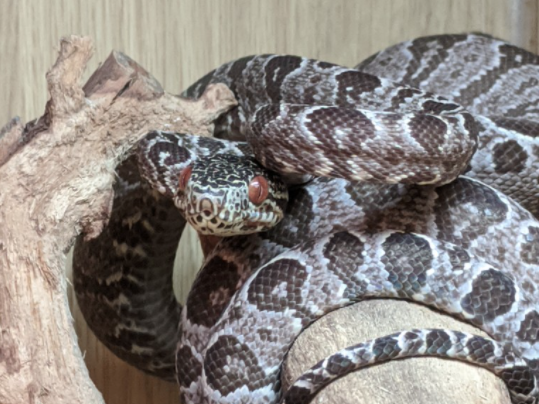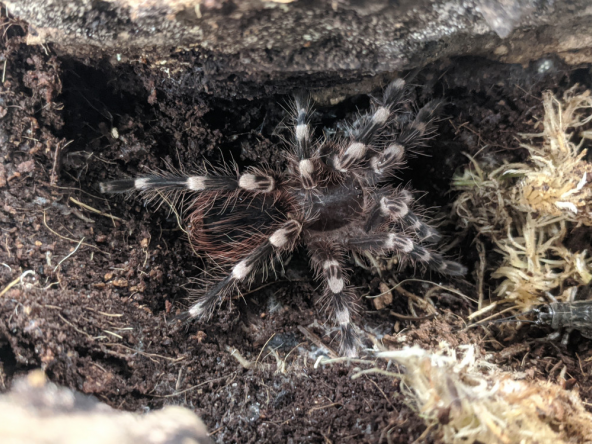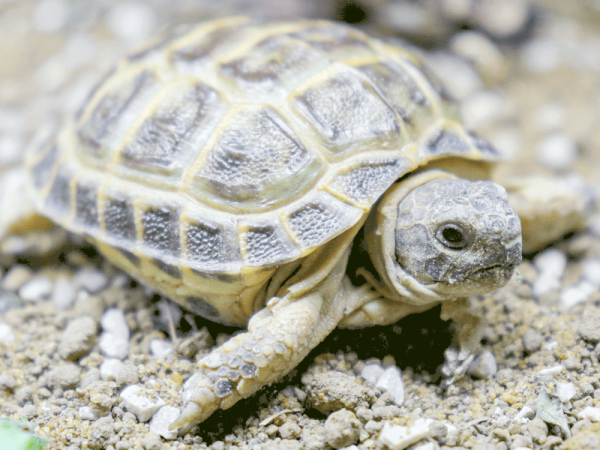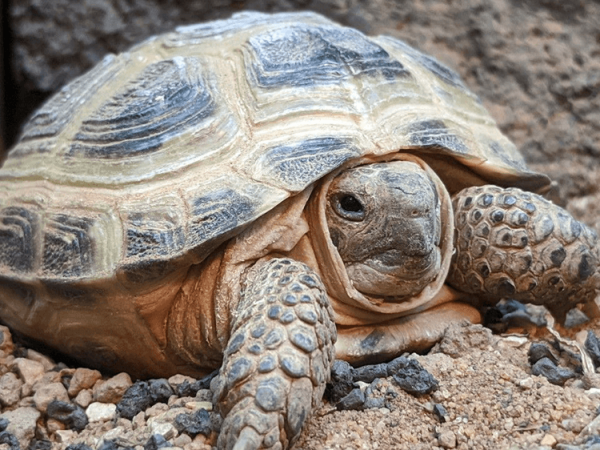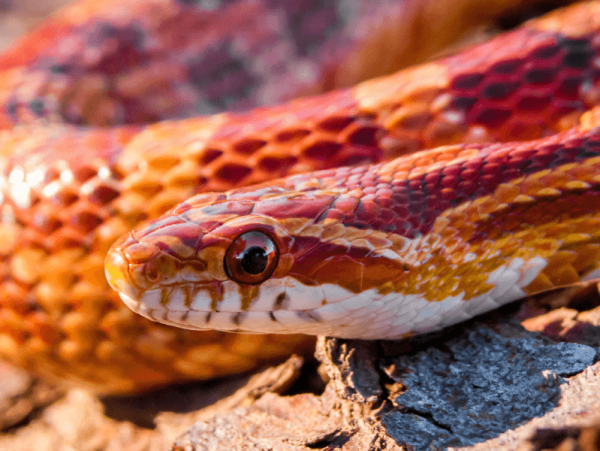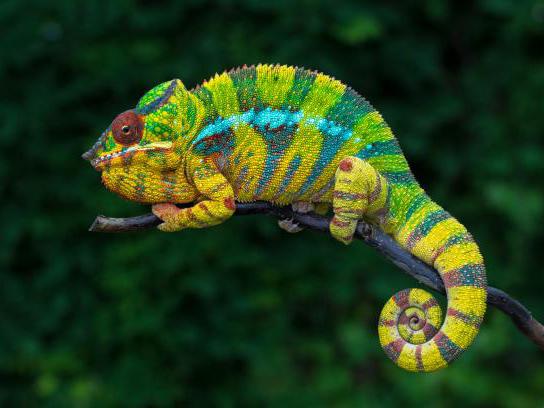Optional extras
Amazon tree boa, Corallus hortulana, care sheet
Categories: Care sheetsSnakes
Amazon Tree Boas are found in rainforests throughout tropical South America. As with other snakes in the pet trade, there are differing morphs of this species, with ours being a Halloween. They are a slender snake with vivid markings, grey and black colouration and red patterns running the full length of the body.
Amazon Tree Boas can be quite snappy, especially when young and can be unpredictable with an enthusiastic 'feeding response'. Taming isn't impossible but may provide a challenge.
Housing
The Halloween Amazon Tree Boa is a medium-sized snake. An adult would require a minimum of a 90 x 45 x 90cm terrarium. The height provides the opportunity for their arboreal habits, providing good exercise and enrichment into adulthood. Remember these are minimum requirements and extra space is always beneficial.
With any arboreal snake, it is essential that vivarium decor is strong and sturdy and may require the construction of permanent fixtures such as a branch screwed into or fixed in with silicone into the side of the enclosure. It is also good to use a wide variety of rocks, logs, bark and foliage, to create a more natural setting and more for the snake to explore.
Moving decor around every now and then keeps the environment stimulating. The substrate in your vivarium is closest to natural when in the form of a coco soil mixture such as Arcadia Earth Mix or Pro Rep Bio-Life Forest, which will help retain humidity. Other alternatives like orchid bark have similar properties.
Heating
Being a reptile, the Amazon Tree Boa will require heating in the form of a basking bulb or ceramic. Heat mats will not be sufficient for such a large and arboreal habitat. Any heat source will need attaching to the relevant thermostat, to ensure the safety of the animal and prevent overheating. A basking temperature of around 30C should be maintained during the day, with cooler areas around 22-25C which will enable your snake to regulate properly. Temperatures can be monitored with accurate digital thermometers.
During the night, allow your vivarium to drop to around 15C mimicking the drop in temperature that would naturally occur in the wild.
Lighting
Tree Boas would naturally be exposed to UVB, and it is highly recommended that this is a feature in your vivarium. UVB will promote better general health and well being as well as create a more natural setting for your snake. Arcadia's T5 6% bulb is a great place to start (though the strength of the bulb is always enclosure height dependent). Any UVB will require replacing after around 6 - 12 months (lifespan also bulb and brand dependent) as, after this period, the UV will no longer be emitted sufficiently even if it seems the bulb is still glowing. This bulb will be used in a 12-hour cycle, going off as the temperature drops to create suitable day/night periods.
Humidity
The Amazon Tree Boa requires high humidity of about 60 - 80% - which should be easily reached with good substrate choices and misting. Mist according to the readings of an accurate digital hygrometer but ensure this humidity isn't exceeded as it can be detrimental to the snake. It is also beneficial to provide a large water dish or pool area so that your snake can not only remain hydrated but bathe sufficiently, a great benefit to the skin particularly during shedding. The dish will need cleaning frequently to prevent bacteria build-up and ensure your snake doesn't become ill.
Diet
The Amazon Tree Boa is a carnivorous species and will only feed on other animals. In captivity, meals will come in the form of rodents. Prey items will grow with your snake and so when young the main diet will be small rats or mice. As you boa grows into an adult, larger items can be fed, although it is essential that the weekly feeding rota isn't continued. At this point - your boa wont need as much protein for growth and weekly feeding on large meals can cause obesity. A rota of every few weeks, depending on the meal, is far better at keeping your snake in weight. Food should be defrosted and preferably warm before being provided to the snake on tweezers. Handling should then be avoided for at least 48 hours to reduce the risk of regurgitation.
Species profile
- Scientific name - Corallus hortulana
- Adult Expected Size - 5 - 6 ft
- Habitat - Throughout South American rain forests. Arboreal
- Required Enclosure Size - 90 x 45 x 90cm arboreal terrarium
- UV Lighting - UVI 2 - 3 (T5 6% - depending on the height of the enclosure)
- Expected Lifespan - 20 - 25 Years
- Temperature Gradient - 22 - 30C
- Humidity Levels - 60 - 80%
- Feeding - Carnivorous - frozen food such as rats, mice
- Handling - Often snappy, and enthusiastic 'feeding response'. Taming may provide a challenge. Not to be handled 48 hours after feeding and when shedding.
Jeremy Gay is an author, lifelong fishkeeper, and exotic pet specialist. He's a former editor of Practical Fishkeeping Magazine, UK editor at Reefbuilders, a former pet store manager, and has collected wildlife in Sri Lanka and the Amazon. He's been on tv and radio, contributed to Koi Carp and Gardeners World magazines, been a product tester, a judge, and a product developer.




